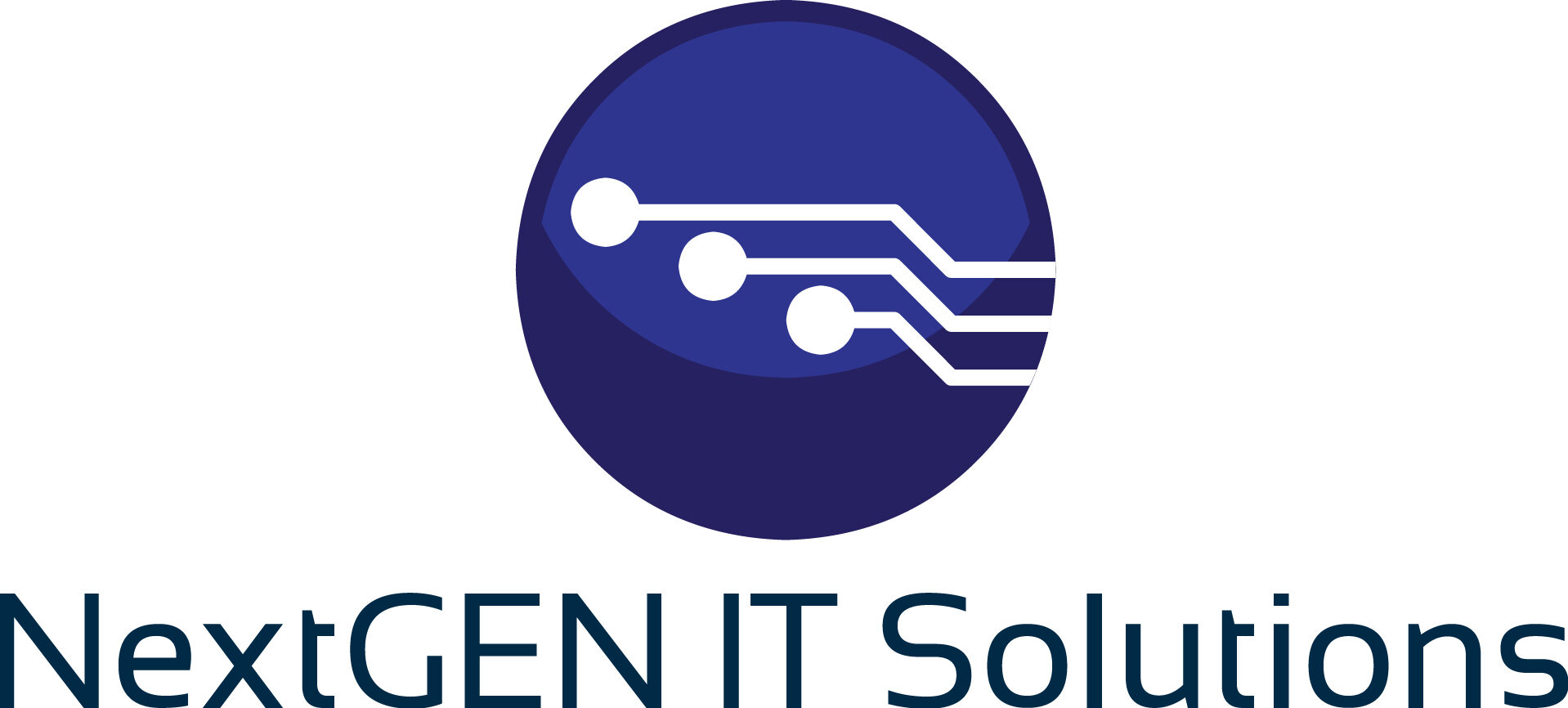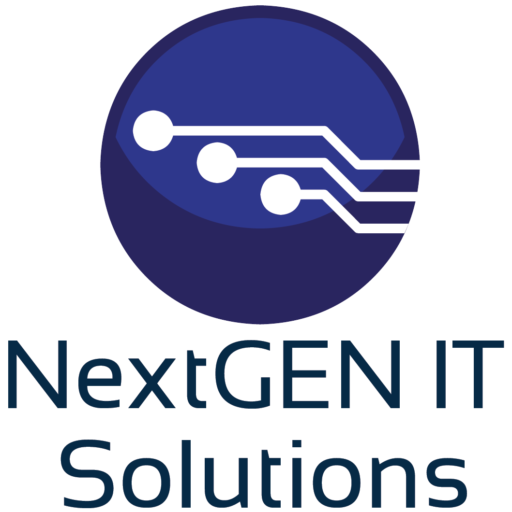Microsoft Entra ID: Advancing Identity Management in the Cloud Era

In the rapidly evolving world of cloud computing, Microsoft has played a pivotal role, offering a diverse range of services and tools that empower businesses and organizations worldwide. Among these services is Azure Active Directory (Azure AD), a cloud-based identity and access management solution that has been a foundational component of Microsoft’s identity management offerings. However, in response to the evolving needs of the modern IT landscape and the demand for a more comprehensive approach to identity management, Microsoft made a momentous decision to rename Azure AD to Microsoft Entra ID. In this article, we will explore the reasons behind this strategic shift, the implications it entails, and how it aligns with Microsoft’s broader vision for its identity ecosystem.
The Evolution of Azure Active Directory
Since its inception in 2012, Azure Active Directory has been an integral part of Microsoft’s cloud platform. Initially introduced as a multi-tenant, cloud-based directory and identity management service, Azure AD provided single sign-on (SSO) functionality for a wide array of cloud applications and services. Over time, Azure AD matured significantly and became a central element for managing identities in the Microsoft ecosystem.
With the rise of cloud adoption and the emergence of hybrid environments, where both on-premises and cloud-based resources coexist, the importance of robust identity management became increasingly apparent. In response to these evolving requirements, Azure AD evolved as well, introducing features such as conditional access, identity protection, multi-factor authentication (MFA), and seamless integration with Microsoft 365 and other applications.
Reasons behind the Renaming
While Azure AD served its purpose effectively, Microsoft recognized that a comprehensive identity solution goes beyond directory management and access control. The contemporary IT landscape demands a more holistic approach to identity, encompassing security, compliance, governance, and identity lifecycle management. Consequently, the decision to rename Azure AD to Microsoft Entra ID was driven by the following key factors:
1. Identity-First Approach: The rebranding signifies a shift in focus from merely managing directories to placing identity at the core of Microsoft’s offerings. This represents an “Identity-First” approach, where identity becomes the foundational pillar for securing access and managing resources across the Microsoft ecosystem.
2. Comprehensive Identity Management: Microsoft Entra ID is designed to be an all-encompassing identity solution that caters to the diverse needs of modern organizations. Its objective is to provide a unified platform that addresses identity and access management challenges while considering security, privacy, and compliance requirements holistically.
3. Improved User Experience: The new name reflects Microsoft’s commitment to enhancing the end-user experience when accessing various applications and services. The focus is on providing a seamless and consistent identity experience across different devices and platforms, promoting ease of use and productivity.
4. Integration with Microsoft 365 and Beyond: As part of the renaming process, Microsoft Entra ID aims to strengthen its integration with Microsoft 365 services and other Microsoft cloud offerings, promoting a cohesive identity experience throughout the Microsoft ecosystem.
Implications of the Change
The renaming of Azure AD to Microsoft Entra ID carries several implications for organizations and users:
1. Rebranding and Communication: Organizations using Azure AD will need to adapt to the new name and communicate this change effectively to their employees, partners, and customers. This could involve updating documentation, training materials, and any references to Azure AD in their systems.
2. Platform Continuity: The core functionality of Microsoft Entra ID will largely remain unchanged from Azure AD. Existing features and configurations will be seamlessly carried over, ensuring a smooth transition for current users.
3. Expanded Identity Capabilities: With the rebranding, Microsoft is likely to further enhance the identity management capabilities offered under Microsoft Entra ID. This could encompass introducing new features, deeper integration with additional services, and improvements to existing functionalities.
4. Third-Party Integrations: Organizations that rely on Azure AD for single sign-on and authentication to third-party applications and services may need to review and update their integrations to reflect the name change and maintain compatibility.
5. Training and Documentation: Microsoft is expected to provide updated documentation and training materials to support users and administrators in understanding the changes and making the most of the expanded capabilities.
Microsoft’s Identity Ecosystem Vision
The renaming of Azure AD to Microsoft Entra ID is not merely a superficial modification; rather, it aligns with Microsoft’s overarching vision for identity management across its entire ecosystem. Microsoft envisions a unified and seamless identity experience across its cloud services, on-premises solutions, and partner applications. Key components of Microsoft’s identity ecosystem vision include:
1. Microsoft Identity Platform: Microsoft Entra ID will serve as a foundational component of the Microsoft Identity Platform, an all-encompassing set of identity services that span Microsoft’s cloud services and applications. This platform will act as the backbone of secure and efficient identity management throughout the Microsoft ecosystem.
2. Intelligent Authentication: Leveraging AI and machine learning, Microsoft aims to create a more intelligent authentication system. This includes adaptive authentication, which dynamically adjusts the level of authentication required based on risk factors and user behavior, enhancing security while reducing user friction.
3. Zero Trust Security: Microsoft’s zero trust approach emphasizes a “never trust, always verify” security model. With Microsoft Entra ID at its core, the ecosystem will enable organizations to enforce stricter access controls and continually verify users’ identities before granting access to resources, strengthening security posture.
4. Seamless Integration: Microsoft’s goal is to create a seamless experience for users, regardless of the devices they use or the applications they access. Through Microsoft Entra ID, users will enjoy a consistent identity experience across different platforms, improving productivity and overall user satisfaction.
The renaming of Azure AD to Microsoft Entra ID represents a significant stride in the evolution of identity management in the cloud era. It signals Microsoft’s dedication to providing a comprehensive and intelligent identity solution that transcends traditional directory services. With this rebranding, Microsoft aims to elevate the overall identity experience for organizations, end-users, and developers, while fortifying security and governance across the entire ecosystem.
As organizations embrace the power of the cloud and navigate hybrid environments, Microsoft Entra ID aspires to be the ultimate identity platform, enabling businesses to manage identities efficiently, secure access effectively, and support their digital transformation journeys in the ever-changing world of technology. Through this strategic evolution, Microsoft reinforces its commitment to driving innovation and empowering organizations to thrive in the dynamic landscape of modern computing.



